Could Iran's water crisis be the regime's tipping point?
Drought is a problem. So is government mismanagement.

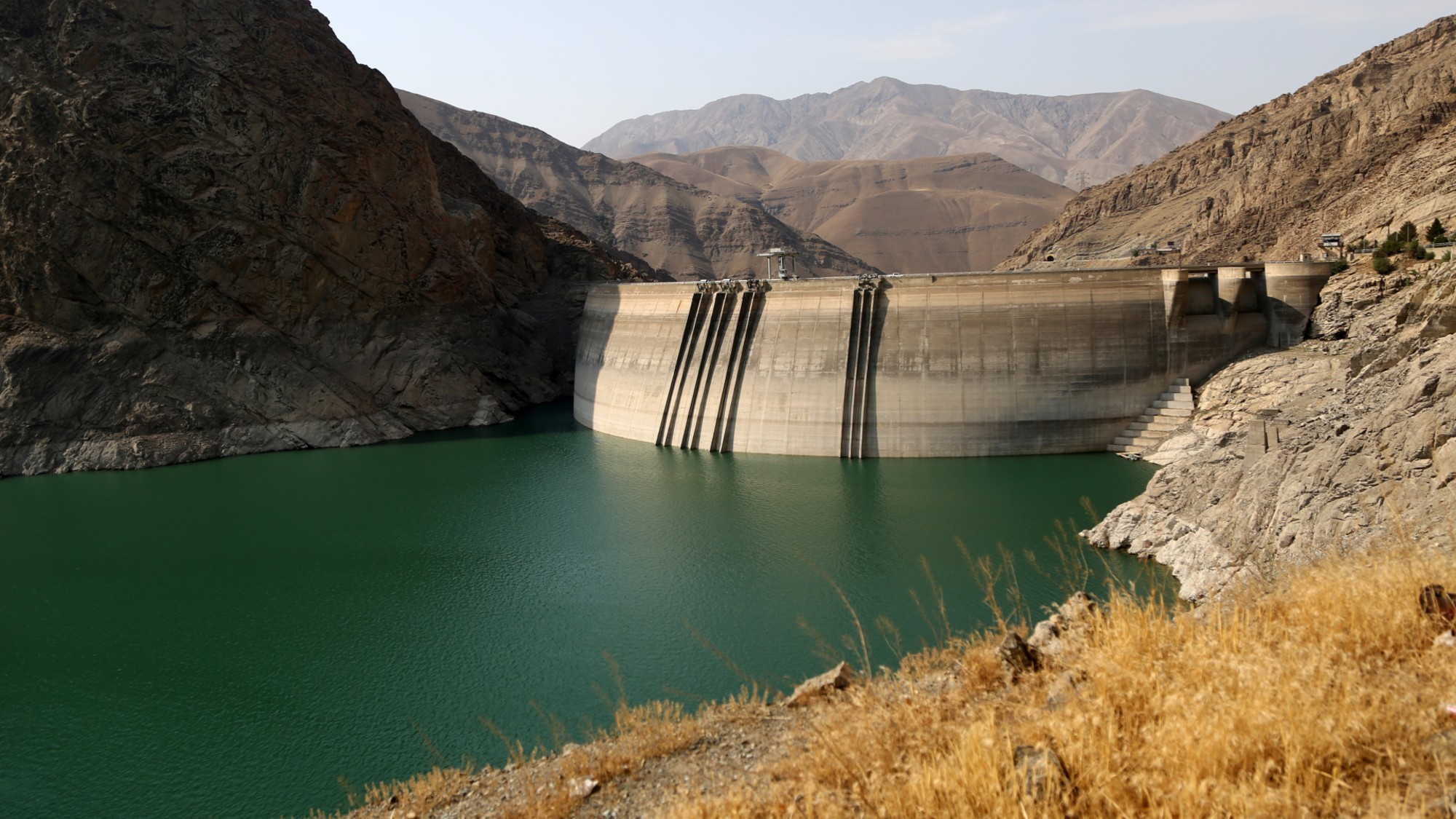
Tehran is running out of water. Residents of Iran's capital city are working to "stave off catastrophe" brought by climate change and resource mismanagement. The crisis could threaten an Islamic regime already struggling in the aftermath of conflicts with Israel and the United States.
The city of 10 million people could be "weeks away" from a "day zero" in which "taps run dry for large parts of the city," said CNN. Authorities are "scrambling to reduce water consumption" and sounding the alarms. Urgent decisions are needed, or "we will face a situation in the future that cannot be solved," said President Masoud Pezeshkian on Monday. The country is in the midst of a terrible drought, but the water supply crisis has been compounded by "excessive groundwater pumping, inefficient farming practices and unchecked urban water use," said CNN. The result "can only be described as water bankruptcy," said Amir AghaKouchak, a civil engineering professor at the University of California, Irvine.
"Water shortages and collapsing public trust" are creating a "perfect storm" for Iran, said AL-Monitor. The government is taking emergency action to deal with the shortages, but many Iranians see those moves as "signs of panic, not planning" from what is already regarded as a "'broken' system." That has "domestic implications" and could even "inflame regional tensions."
The Week
Escape your echo chamber. Get the facts behind the news, plus analysis from multiple perspectives.

Sign up for The Week's Free Newsletters
From our morning news briefing to a weekly Good News Newsletter, get the best of The Week delivered directly to your inbox.
From our morning news briefing to a weekly Good News Newsletter, get the best of The Week delivered directly to your inbox.
What did the commentators say?
Iranians find themselves in a "daily struggle against a regime that has failed them for decades," said Dana Sameah at The Jerusalem Post. The country's social media channels have been "flooded" with images of "desperate farmers and business owners" in distress over the "loss of their livelihoods" as "vital services have ground to a halt" thanks to shortages of both water and electricity. Does that mean regime change is in sight? There is no "organized political force" capable of leading a revolt. But a regime that cannot get water to its citizens "knows deep down that its time is running out."
"A thirsty Iran provides an opening for the U.S.," said Janatan Sayeh at the Foundation for Defense of Democracies. The scarcity of water has previously "triggered unrest" throughout the country, including a 2021 uprising in Khuzestan province and again the next year in Hamadan province. There have been more protests since then. Washington has an opportunity to "demonstrate alignment with the Iranian people" against a government that is responsible for the country becoming "increasingly uninhabitable."
What next?
The water crisis comes as Ayatollah Ali Khamenei, the country's supreme leader, is "fading into the shadows," said The Economist. The 86-year-old leader has largely receded from public view since Israel's 12-day bombing campaign earlier this summer. That leaves "actors inside and outside the regime jostling for position" when Khamenei leaves the scene. But time is running out, said Reuters. Without cooperation from Iranians to conserve water, Pezeshkian said on Thursday, "there won't be any water in dams by September or October."
A free daily email with the biggest news stories of the day – and the best features from TheWeek.com
Joel Mathis is a writer with 30 years of newspaper and online journalism experience. His work also regularly appears in National Geographic and The Kansas City Star. His awards include best online commentary at the Online News Association and (twice) at the City and Regional Magazine Association.
-
 Hilarious comedians to see on tour this winter
Hilarious comedians to see on tour this winterThe Week Recommends Get some laughs from Nate Bargatze, Josh Johnson and more
-
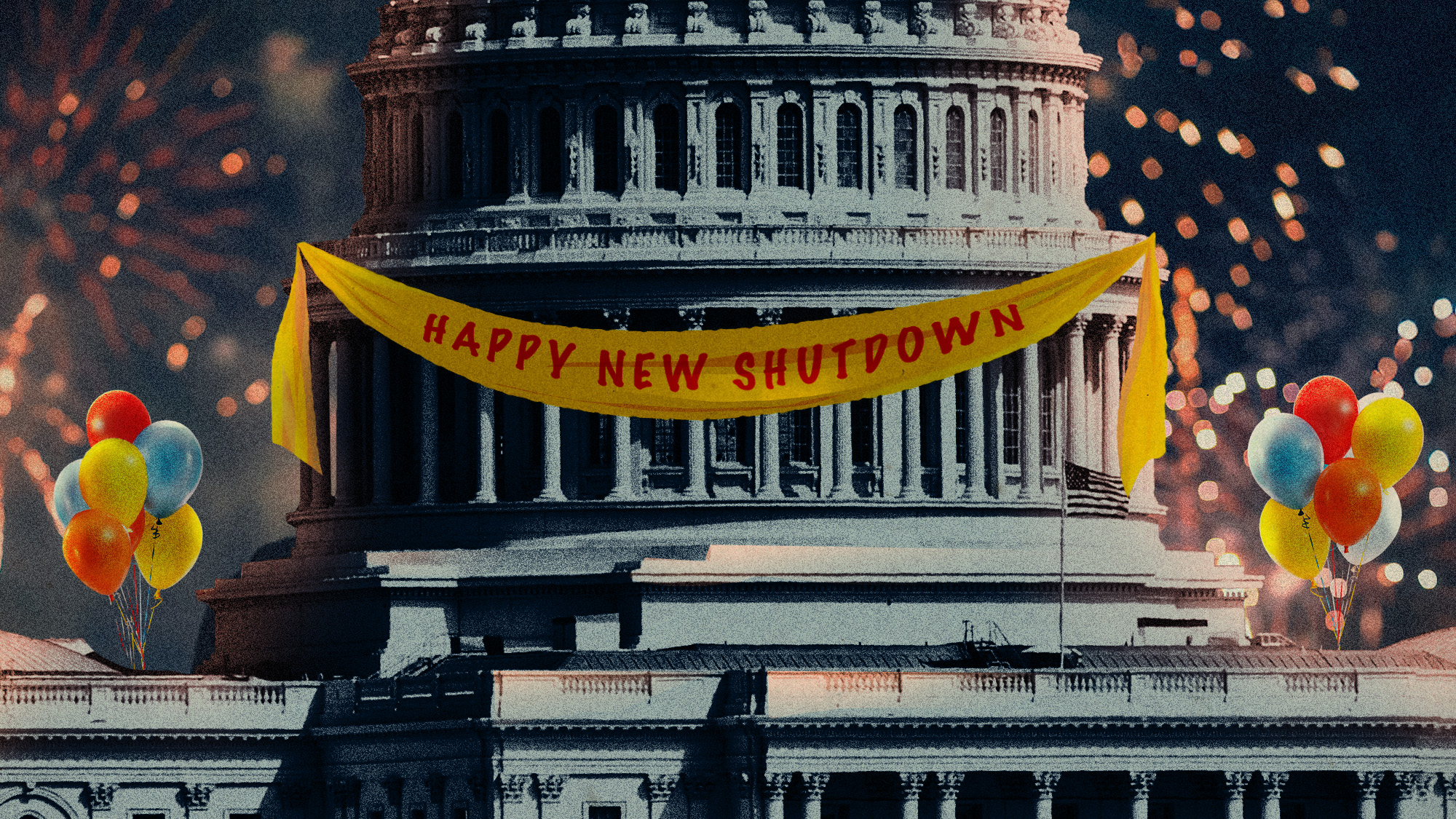 A January deadline could bring the pain all over again
A January deadline could bring the pain all over againToday’s Big Question A January deadline could bring the pain all over again
-
 Political cartoons for December 23
Political cartoons for December 23Cartoons Tuesday's political cartoons include an eye on CBS, cracking the middle class, and Donald Trump's name on everything
-
 ‘The point here is not to be anti-tech but to rebalance a dynamic’
‘The point here is not to be anti-tech but to rebalance a dynamic’Instant Opinion Opinion, comment and editorials of the day
-
 ‘Trump’s bad qualities make him good at handling the Middle East’
‘Trump’s bad qualities make him good at handling the Middle East’instant opinion Opinion, comment and editorials of the day
-
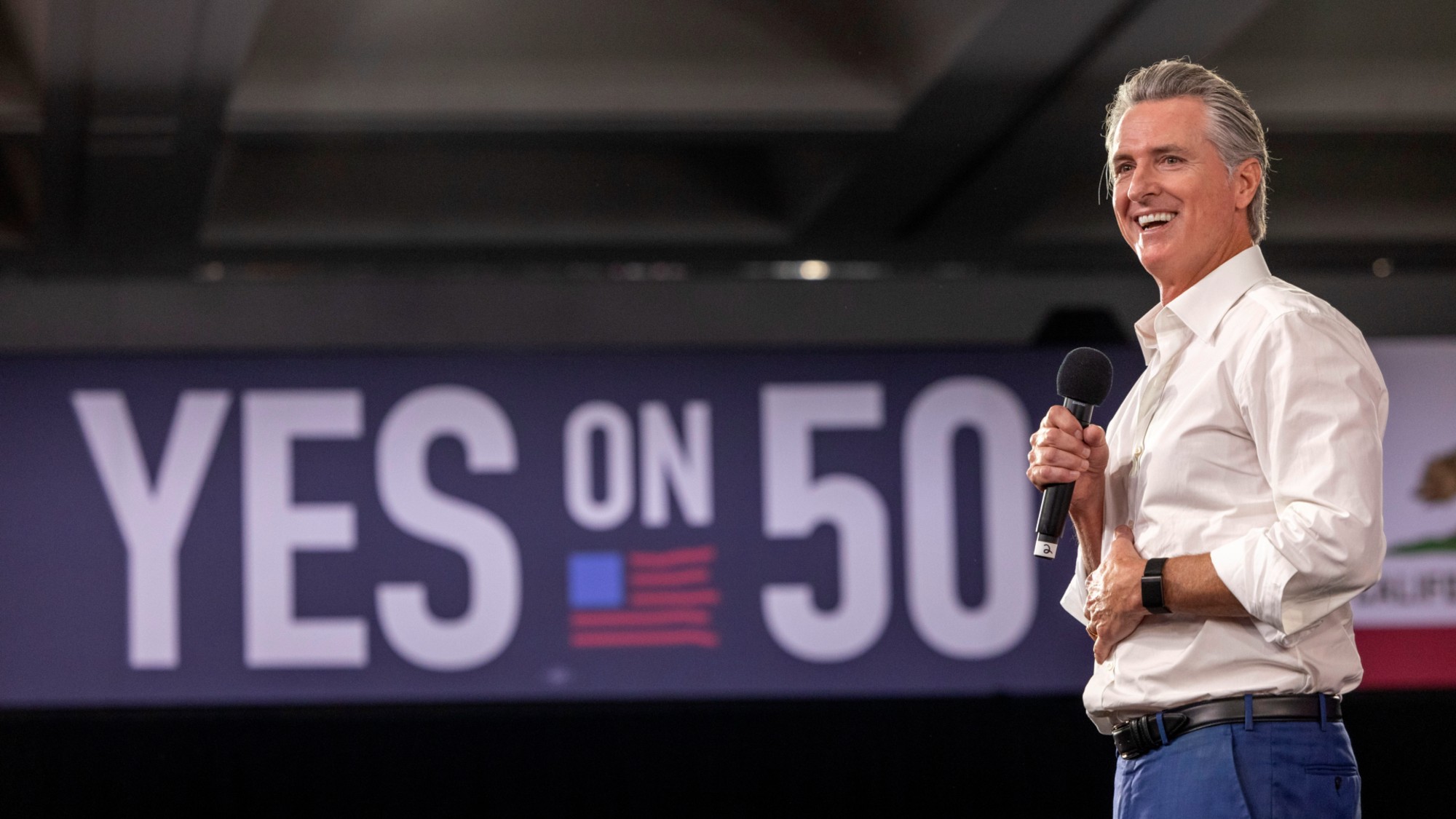 ‘America today isn’t just looking to overcome’
‘America today isn’t just looking to overcome’Instant Opinion Opinion, comment and editorials of the day
-
 Trump declares end to Gaza war, ‘dawn’ of new Mideast
Trump declares end to Gaza war, ‘dawn’ of new MideastSpeed Read Hamas freed the final 20 living Israeli hostages and Israel released thousands of Palestinian detainees
-
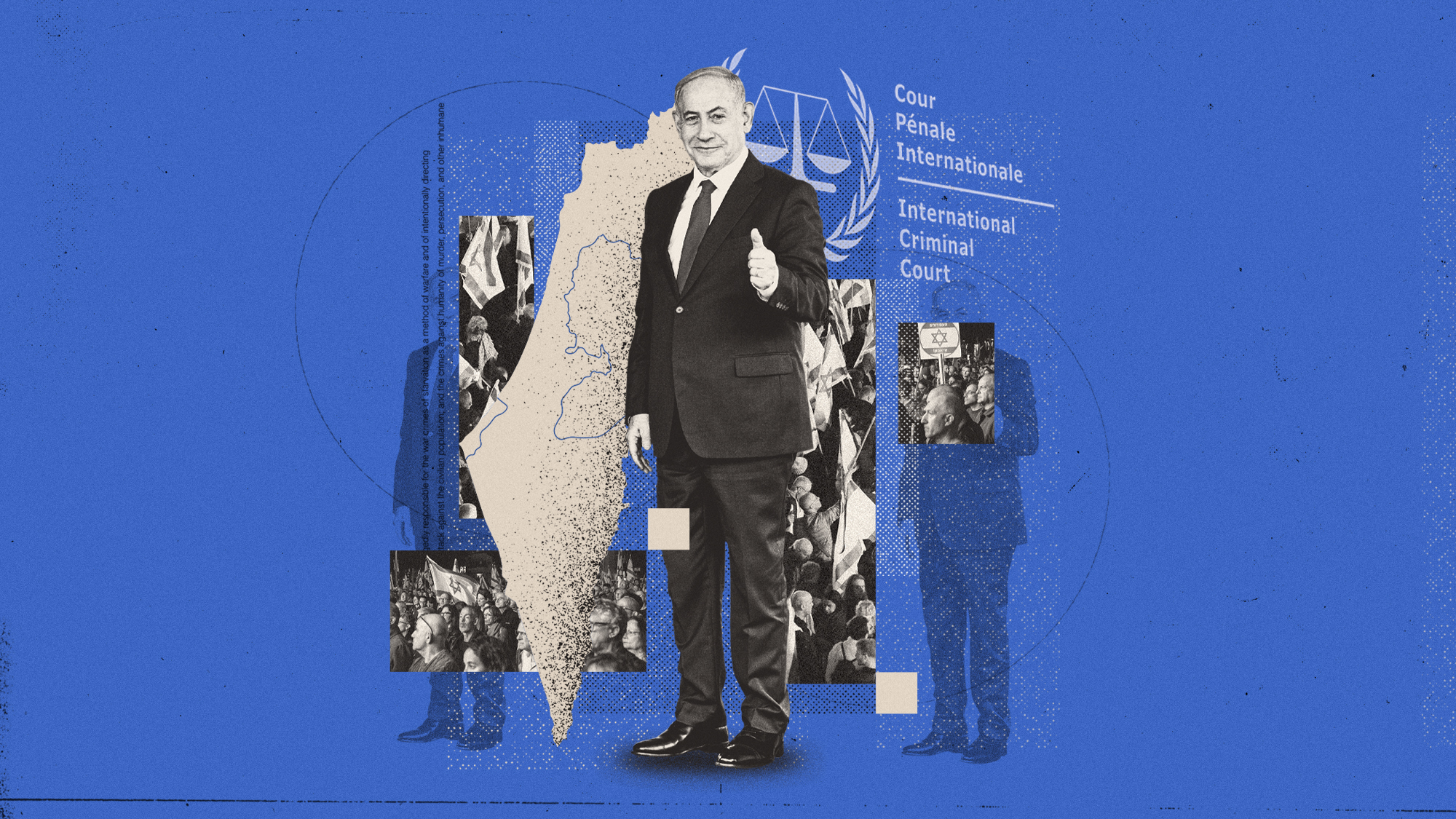 Has the Gaza deal saved Netanyahu?
Has the Gaza deal saved Netanyahu?Today's Big Question With elections looming, Israel’s longest serving PM will ‘try to carry out political alchemy, converting the deal into political gold’
-
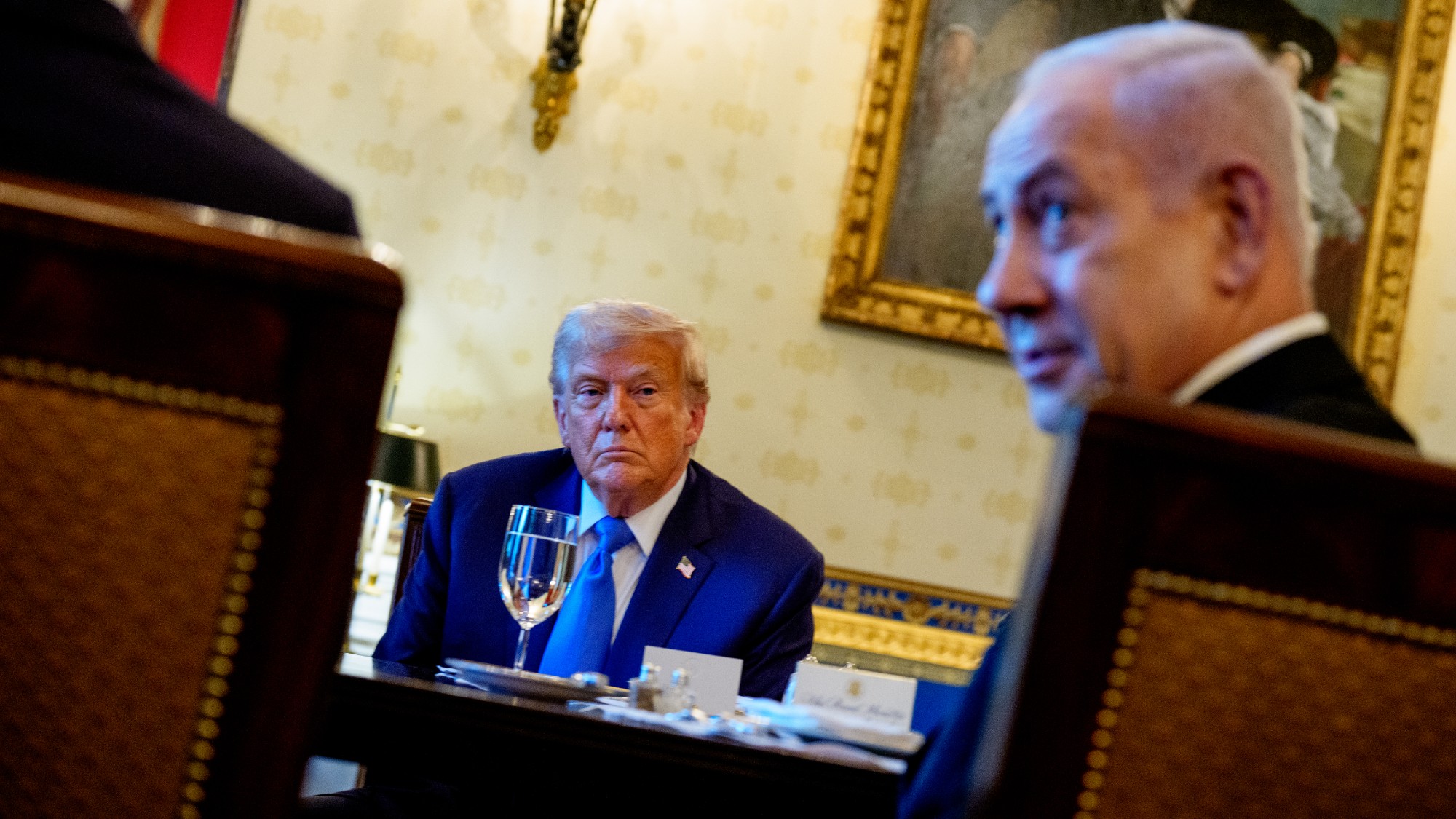 Gaza peace deal: why did Trump succeed where Biden failed?
Gaza peace deal: why did Trump succeed where Biden failed?Today's Big Question As the first stage of a ceasefire begins, Trump’s unique ‘just-get-it-done’ attitude may have proven pivotal to negotiations
-
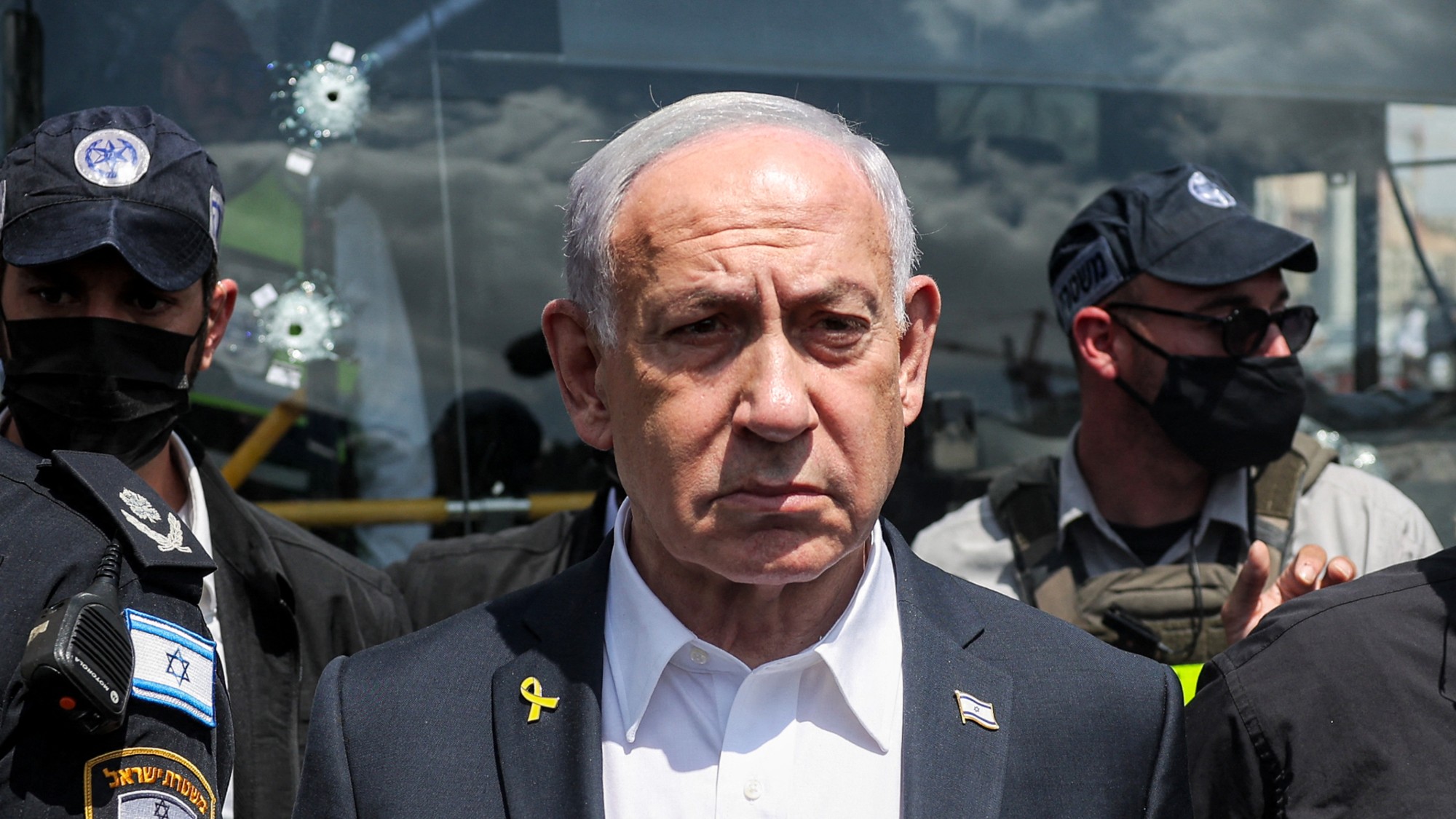 How Benjamin Netanyahu shaped Israel in his own image
How Benjamin Netanyahu shaped Israel in his own imageThe Explainer He has seldom been personally popular, but ‘King Bibi’ is an exceptionally shrewd operator
-
 'A symbol of the faceless corporate desire'
'A symbol of the faceless corporate desire'Instant Opinion Opinion, comment and editorials of the day
